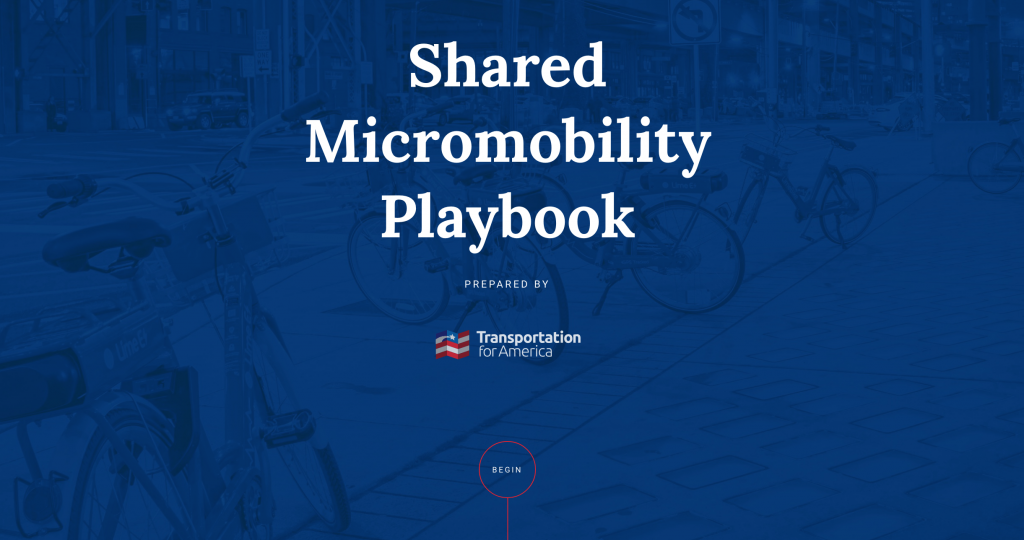Don’t hate the state (DOT): They’re just solving the wrong problem

Over the last two years, Smart Growth America has been working to help a small group of state departments of transportation question and assess the underlying assumptions that lead many states toward giant highway solutions for every transportation problem.








